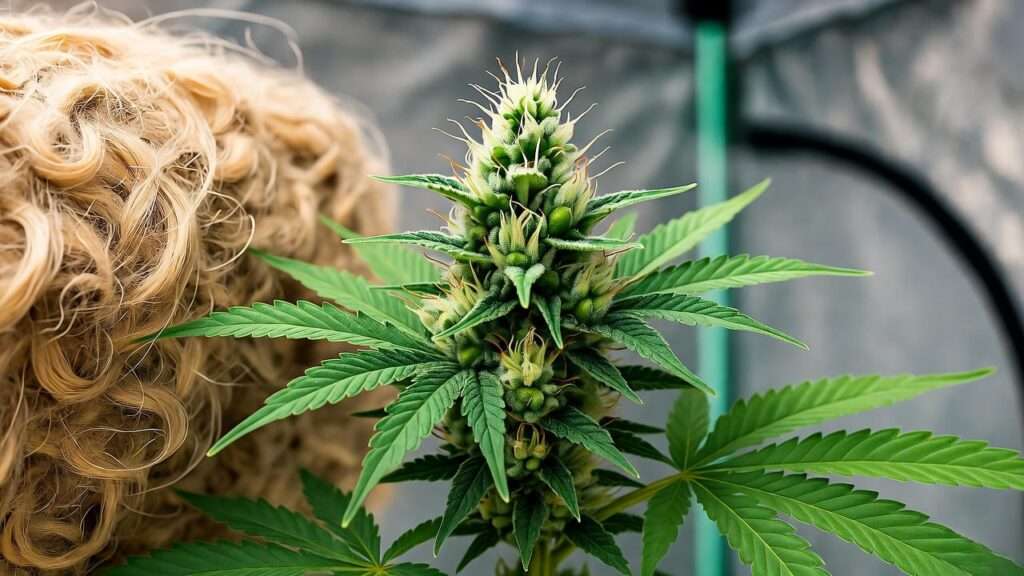Imagine this: You’re tending to your thriving cannabis garden, dreaming of a bountiful harvest, when you spot something unexpected—a male cannabis plant among your carefully nurtured crop. 😱 Panic sets in. Should you pull it immediately? Or could this plant hold untapped potential for your grow? Far from being a nuisance, male cannabis plants are often misunderstood heroes in cultivation, offering opportunities for breeding, innovation, and sustainability. In this comprehensive guide, we’ll demystify the male cannabis plant, equipping you with expert tips to identify, manage, and utilize it effectively. Whether you’re a novice grower or a seasoned cultivator, this article will transform how you view these plants, helping you make informed decisions to elevate your cannabis garden. 🌞
Our goal is to provide a definitive resource on male cannabis plants, addressing their role, benefits, and practical applications. Backed by scientific insights, grower experiences, and expert advice, this skyscraper-level guide is designed to answer your questions and solve real cultivation challenges. Let’s dive into the world of male cannabis plants and uncover their hidden value! 🚀
What Is a Male Cannabis Plant? 🌱
Defining the Male Cannabis Plant
Male cannabis plants are the pollen-producing counterparts to female plants, playing a critical role in the reproductive cycle of Cannabis sativa. Unlike female plants, which develop the resinous buds prized for their cannabinoids like THC and CBD, male plants produce pollen sacs that release pollen to fertilize female flowers, resulting in seed production. While female plants are the focus of most recreational and medicinal grows, male cannabis plants are essential for breeders and those exploring alternative uses like hemp fiber or extracts.
The distinction between male, female, and hermaphrodite plants is crucial. Female plants develop pistils and buds, hermaphrodites show both male and female traits, and males focus solely on pollen production. Misconceptions often lead growers to discard males, but understanding their role opens new possibilities for cultivation.
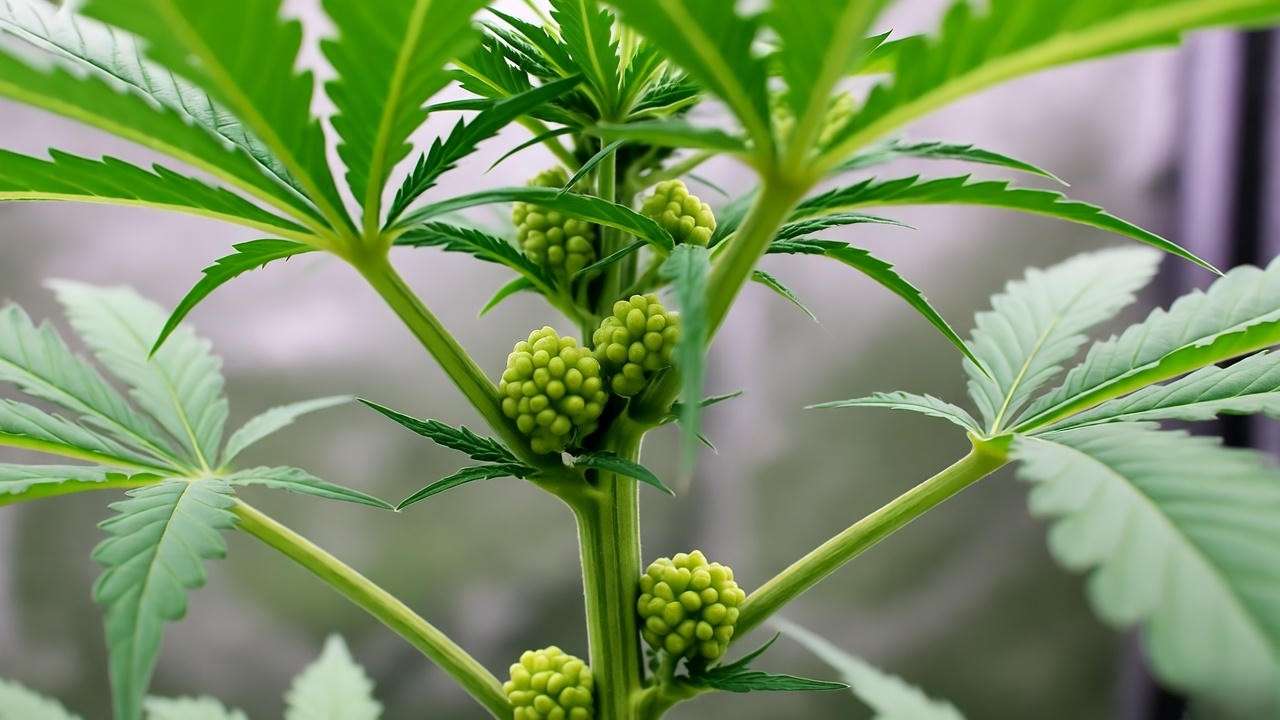
Key Characteristics of Male Cannabis Plants
Identifying a male cannabis plant early is a skill every grower should master. Here’s what to look for:
- Pollen Sacs: Males develop small, ball-like sacs at the nodes (where leaves meet stems), which eventually open to release pollen. These differ from the hair-like pistils of female plants.
- Structure: Males tend to be taller and less bushy, with fewer leaves and a more open growth pattern.
- Timing: Male traits become visible during the pre-flowering stage, typically 3–6 weeks into the vegetative phase.
Expert Tip: Use a magnifying glass or jeweler’s loupe to inspect nodes closely during the vegetative stage. Early identification prevents unwanted pollination. 🔍
Visual aids, such as labeled diagrams comparing male and female plants, can make identification easier. Male plants often appear less dense, with a focus on vertical growth, making them stand out in a mixed garden.
The Role of Male Cannabis Plants in Cultivation 🌾
Pollination and Seed Production
The primary role of male cannabis plants is pollination. When pollen from a male plant reaches a female plant’s pistils, it triggers seed production. This process is vital for breeders creating new strains or preserving genetics. Controlled pollination allows growers to develop hybrids with desired traits, such as high potency, unique flavors, or disease resistance.
For example, a breeder in Oregon used a male cannabis plant with exceptional terpene profiles to cross with a high-CBD female, resulting in a popular strain now sold commercially. This highlights the value of males in crafting unique genetics.
Beyond Seeds: Other Uses of Male Cannabis Plants
Male cannabis plants are more than just pollen providers. They offer a range of applications:
- Hemp Fiber: Male plants produce strong, fibrous stems ideal for textiles, paper, and bioplastics.
- Terpenes and Cannabinoids: While lower in concentration than females, males contain valuable compounds like terpenes and minor cannabinoids, useful for juicing or extracts.
- Biomass: Males can be processed into compost or used as mulch, contributing to sustainable gardening.
Expert Insight: “Male plants are often overlooked, but their fiber quality and terpene content make them a hidden gem for innovative growers,” says Dr. Jane Green, a cannabis horticulturist with 15 years of experience. 🌟
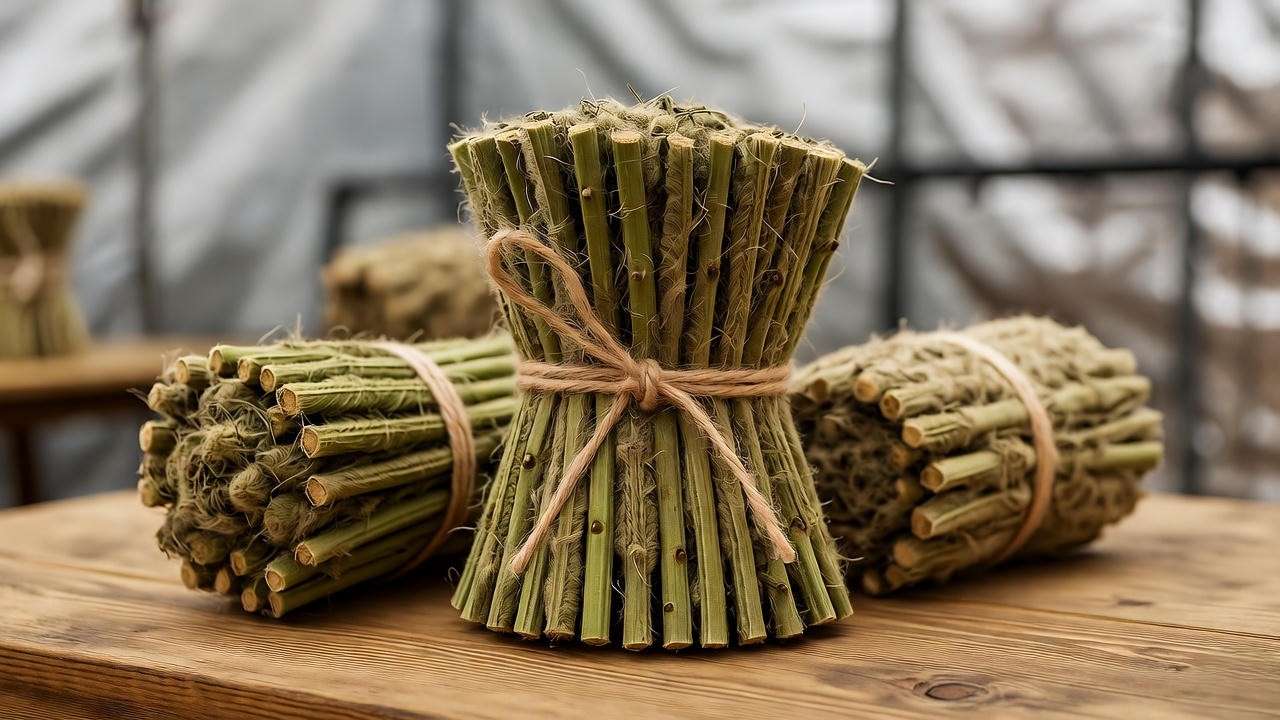
Identifying Male Cannabis Plants Early 🕵️♂️
Step-by-Step Guide to Spotting Male Plants
Early identification of male cannabis plants prevents accidental pollination, which can ruin a bud-focused grow. Follow these steps:
- Monitor During Pre-Flowering: Check plants 3–6 weeks into the vegetative stage, when sex traits emerge.
- Inspect Nodes: Look for small, round pollen sacs at the nodes. Females show wispy pistils instead.
- Use Tools: A magnifying glass or smartphone macro lens helps spot subtle differences.
- Document Findings: Keep a grow journal to track each plant’s sex, noting dates and observations.
Common Mistakes in Identification
Growers often confuse hermaphrodite plants with males or miss early signs of sex. Hermaphrodites display both pollen sacs and pistils, requiring immediate action to prevent self-pollination. Overlooking early male traits can lead to pollen spreading before you realize it.
Practical Tip: Create a sexing schedule, checking plants every 2–3 days during the pre-flowering phase. Log observations in a notebook or app for accuracy. 📅
Should You Keep or Cull Male Cannabis Plants? 🤔
Pros of Keeping Male Plants
Retaining male cannabis plants can benefit certain growers:
- Breeding Opportunities: Males are essential for creating new strains or preserving genetics.
- Educational Value: Studying males helps growers understand cannabis biology and genetics.
- Alternative Uses: Males provide fiber, biomass, or extracts for non-recreational purposes.
Cons of Keeping Male Plants
For bud-focused growers, males pose challenges:
- Pollination Risk: Uncontrolled pollen can fertilize females, reducing bud quality and yield.
- Resource Drain: Males consume space, water, and nutrients that could support females.
Case Study: A Colorado grower accidentally left a male plant in their grow room, resulting in seeded buds that lost market value. This underscores the need for careful management.
Decision-Making Framework
Decide whether to keep or cull based on:
- Grow Goals: Are you focused on buds, seeds, or experimentation?
- Space: Can you isolate males without risking female plants?
- Resources: Do you have the time and tools to manage males?
A visual decision tree (e.g., “If breeding, keep males; if growing for buds, isolate or cull”) can guide growers in making informed choices.
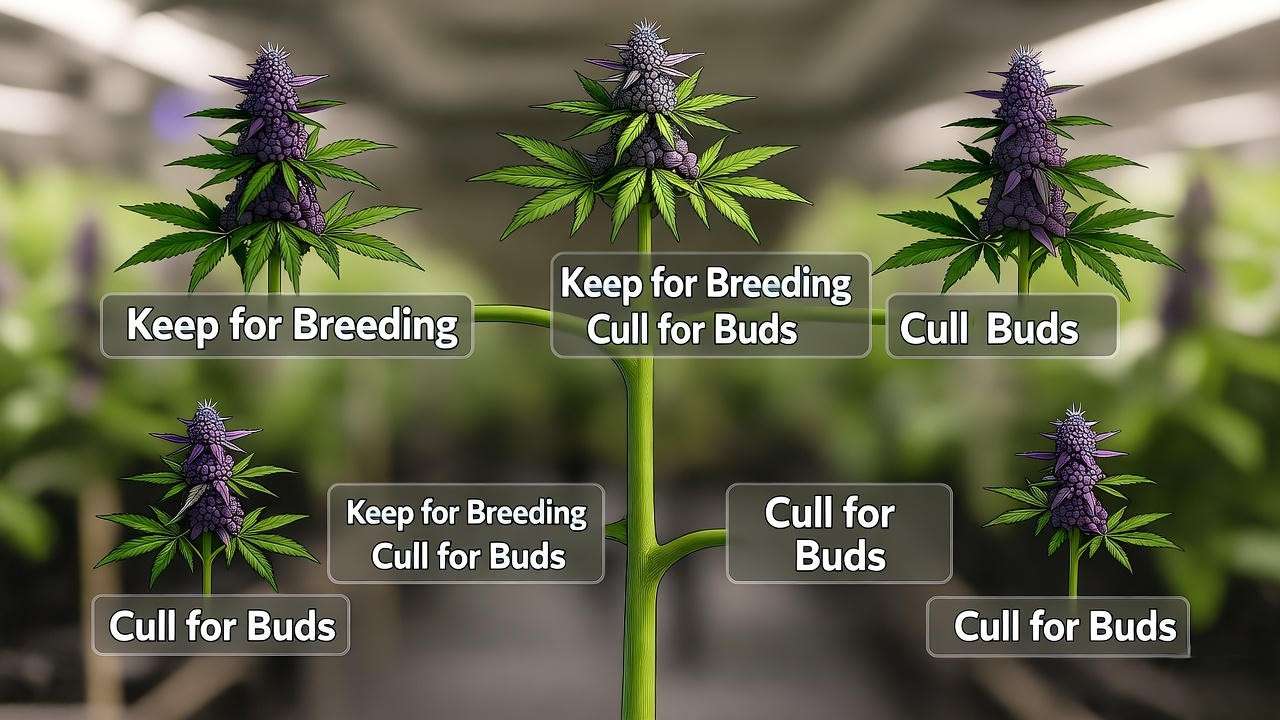
Best Practices for Managing Male Cannabis Plants 🌿
Isolating Male Plants to Prevent Unwanted Pollination
To safely keep male plants:
- Separate Spaces: Use a dedicated grow tent or room for males, ideally with a separate ventilation system.
- Timing: Move males before pollen sacs open, typically during early flowering.
- Pollen Control: Install HEPA filters or use negative pressure to trap pollen.
Practical Tip: Seal male plants in breathable bags during transport to prevent pollen spread. 💨
Harvesting and Utilizing Male Plants
Harvest males when pollen sacs are mature but not yet open (around 2–4 weeks into flowering). Uses include:
- Pollen Collection: Gently tap sacs over a clean surface to collect pollen, storing it in airtight containers.
- Fiber Processing: Cut stems and process them for hemp fiber or mulch.
- Extracts: Juice leaves or process for low-potency extracts.
Safety and Cleanliness in the Grow Space
Prevent cross-contamination by:
- Wearing disposable gloves and clothing when handling males
- Cleaning tools and surfaces after contact
- Showering before entering female grow areas
Breeding with Male Cannabis Plants: A Beginner’s Guide 🌱
Selecting High-Quality Male Plants
Choosing the right male cannabis plant is critical for successful breeding. Look for these traits:
- Vigor: Select males with robust growth, strong stems, and healthy leaves, indicating good genetics.
- Terpene Profile: Smell the plant’s stems or leaves; a strong, pleasant aroma suggests rich terpenes.
- Resilience: Males that resist pests, mold, or stress are ideal for passing on durable traits.
Modern breeders often use genetic testing to analyze cannabinoid and terpene profiles, ensuring high-quality selections. While this may be advanced for home growers, visual and olfactory cues are reliable starting points.
Expert Insight: “A great male plant is like a silent partner in breeding—it contributes half the genetics but often gets no credit. Focus on health and aroma,” says Dr. Emily Carter, a cannabis geneticist with over a decade of research experience. 🧬
Controlled Pollination Techniques
Controlled pollination allows growers to create seeds without compromising female plants. Here’s how:
- Prepare Tools: Use small paintbrushes, cotton swabs, or pollen bags for precise application.
- Isolate Plants: Keep males and females in separate spaces until ready to pollinate.
- Apply Pollen: Gently brush pollen onto select female flowers, covering them with breathable bags to contain spread.
- Monitor: Check for seed development over 4–6 weeks.
Step-by-Step Process:
- Collect pollen by shaking mature sacs over a clean, dry surface.
- Store in an airtight container with silica gel packets for up to 6 months.
- Apply sparingly to female pistils, targeting specific branches for hybrid seeds.
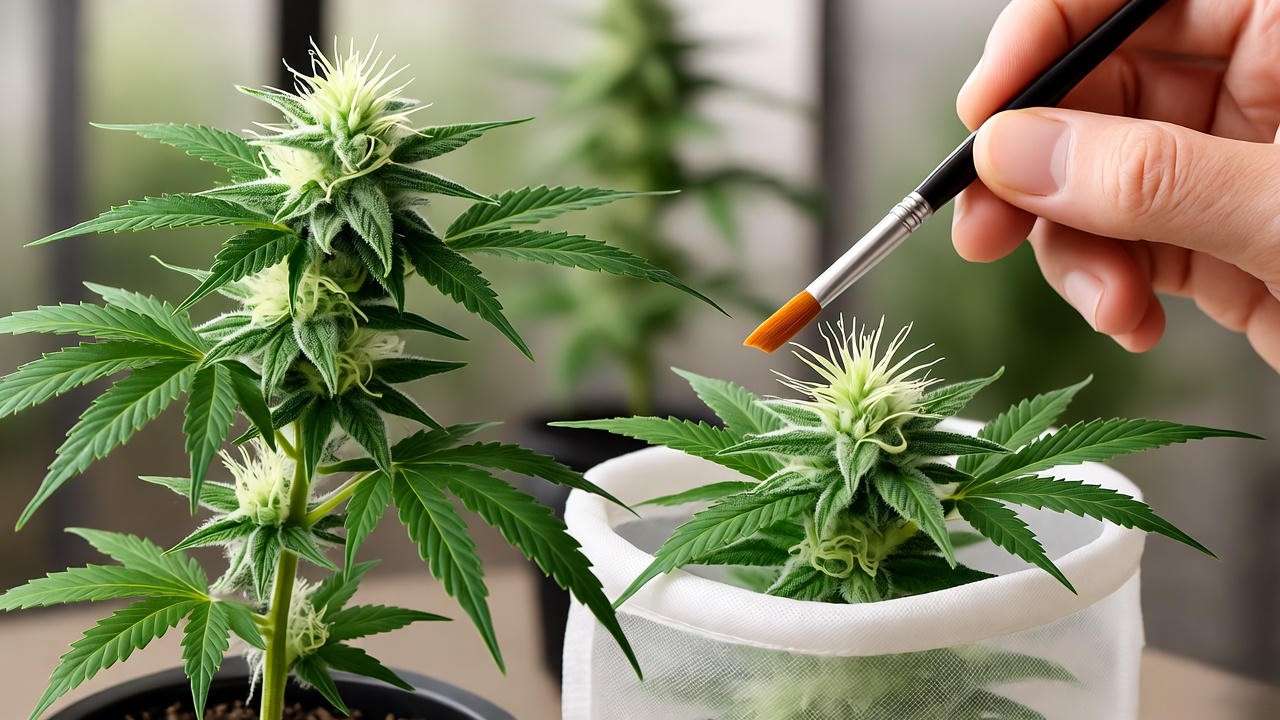
Creating Your Own Cannabis Strains
Breeding new strains is an exciting way to use male cannabis plants. Start by selecting a male and female with complementary traits (e.g., high THC female with a terpene-rich male). After pollination, collect seeds and grow the next generation (F1 hybrids). Test these plants for desired traits, then stabilize the strain through selective breeding over multiple generations.
Example: A home grower in California crossed a male with strong citrus terpenes with a high-CBD female, resulting in a strain with balanced effects and a unique flavor profile. This process took 18 months but yielded a strain now shared among local growers.
Common Myths and Misconceptions About Male Cannabis Plants 🕸️
Male cannabis plants are often misunderstood, leading to myths that discourage growers from exploring their potential. Let’s debunk the most common ones:
- Myth 1: Male plants are useless for growers.
Reality: Males are vital for breeding, fiber production, and even low-potency extracts. Their role depends on your grow goals. - Myth 2: Male plants have no cannabinoid content.
Reality: Research from the University of British Columbia (2023) shows males contain minor cannabinoids like CBD and CBG, though in lower concentrations than females. - Myth 3: All male plants lead to low-quality seeds.
Reality: High-quality males produce robust seeds when paired with strong females, as seen in professional breeding programs.
Grower Story: A Michigan cultivator discarded all males for years, only to learn from a mentor that selective breeding with males could have doubled their strain variety. This shift transformed their small-scale operation into a boutique seed supplier.
Environmental and Legal Considerations for Male Cannabis Plants ⚖️
Environmental Impact of Male Plants
Male cannabis plants release pollen that can travel miles, potentially affecting nearby grows or wild ecosystems. Outdoor growers must take precautions:
- Pollen Containment: Use physical barriers like greenhouses or high fences to limit pollen spread.
- Timing: Harvest males before sacs fully open to reduce environmental impact.
- Monitoring: Check local regulations on pollen drift, especially near hemp farms, where cross-pollination can lower CBD yields.
Best Practice: Plant males in enclosed spaces or use temporary covers during peak pollen release to protect neighboring crops.
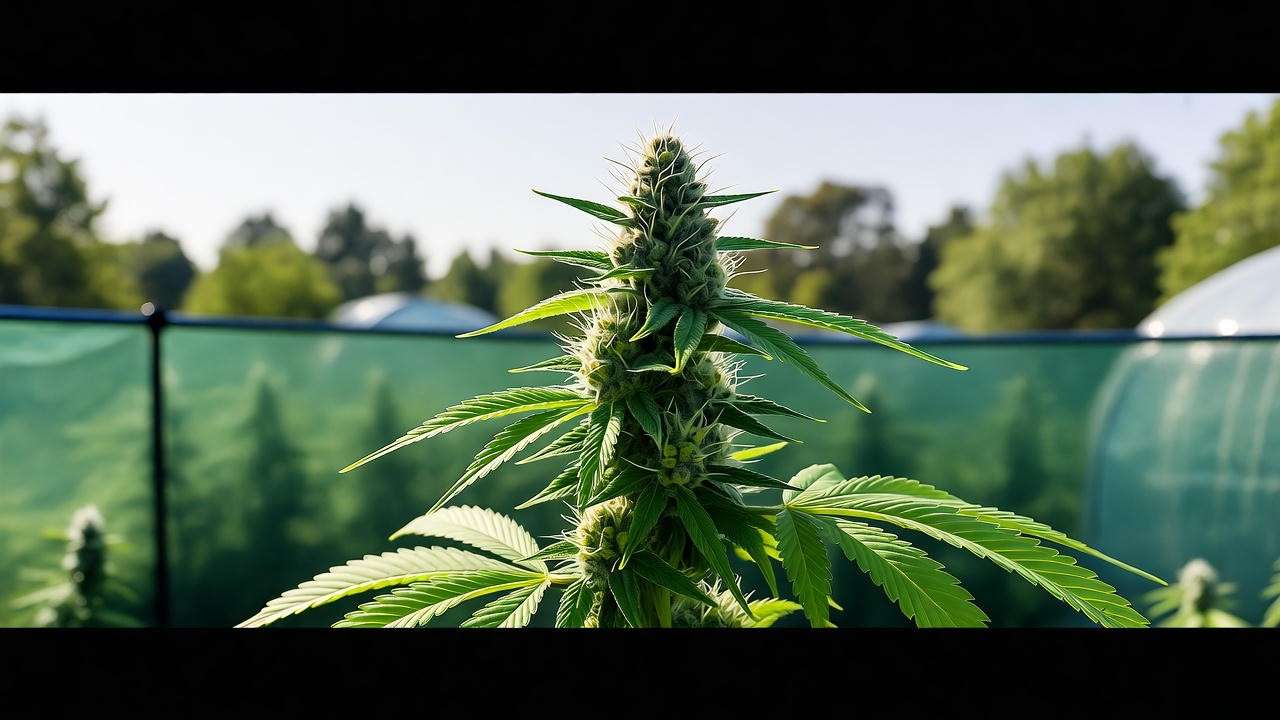
Legal Regulations
Cannabis laws vary widely by region, and male plants are often subject to the same regulations as females. In the U.S., for example:
- Some states allow home cultivation but limit plant numbers, including males.
- Commercial growers may need permits for breeding programs involving males.
- International laws, like those in Canada or the EU, often regulate pollen-producing plants to prevent uncontrolled crossbreeding.
Compliance Tip: Check resources like the U.S. Department of Agriculture or local cannabis boards for up-to-date regulations. Always document your grow to ensure compliance. 📚
FAQs About Male Cannabis Plants ❓
Q1: Can male cannabis plants produce buds?
A: No, male plants produce pollen sacs, not buds. However, they may contain trace cannabinoids in their leaves and stems, useful for extracts.
Q2: How do I store pollen from male plants?
A: Collect pollen in a dry, airtight container with silica gel packets. Store in a cool, dark place (like a refrigerator) for up to 6 months.
Q3: Are male cannabis plants legal to grow?
A: Legality depends on local laws. In many regions, males are treated the same as female plants under cultivation limits. Check your jurisdiction’s regulations.
Q4: Can I use male plants for CBD production?
A: Yes, but their CBD content is lower than females. Males are better suited for breeding high-CBD strains or producing low-potency extracts.
Q5: How long does it take to identify a male cannabis plant?
A: Males typically show sex traits 3–6 weeks into the vegetative stage, depending on strain and growing conditions.
Conclusion: Embracing the Male Cannabis Plant for Smarter Cultivation 🌟
Male cannabis plants are far from the “throwaway” plants many growers assume them to be. From breeding new strains to producing sustainable materials, their versatility makes them a valuable asset in any grow operation. By mastering identification, management, and utilization, you can unlock their potential to enhance your cultivation goals. Whether you’re aiming for premium buds, unique genetics, or eco-friendly practices, male plants offer opportunities to innovate and grow smarter.
Ready to rethink your approach to male cannabis plants? Start by inspecting your garden for early signs of sex, experimenting with controlled pollination, or exploring alternative uses like fiber production. Share your experiences with fellow growers on platforms like X, or join a local cannabis community to learn more. 🌍
Final Expert Tip: Integrate male plants into a sustainable grow cycle by composting their biomass or using their fiber for garden mulch—every plant counts in a zero-waste operation! 🌱

